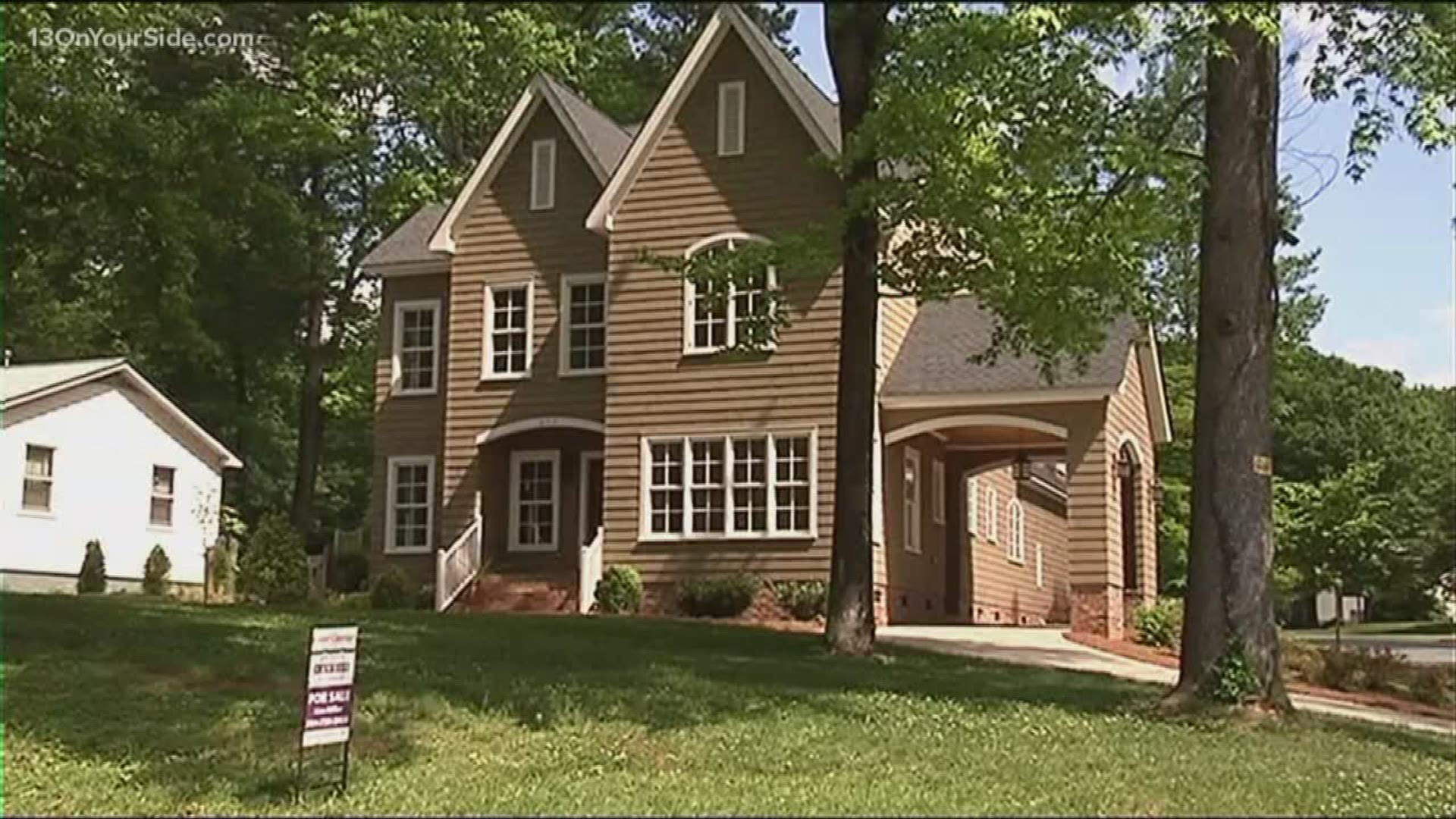GRAND RAPIDS, Mich. — WHAT WAS THIS PROGRAM?
- A Freddie Mac Enhanced Relief RefinanceSM (FMERR) mortgage offered relief for borrowers with existing Freddie Mac mortgages.
- It may have allowed refinancing opportunities to borrowers who might not have qualified because they exceed maximum loan-to-value (LTV) limits.
- It was an enhancement of Freddie Mac’s implementation of the Home Affordable Refinance Program® (HARP®) that expired at the end of 2018.
WHY SHOULD I CARE ABOUT A PROGRAM THAT RECENTLY EXPIRED?
- History tends to repeat itself.
Should you believe advertisements that catch your attention by suggesting you could save $3,000 per year?
Will you be ready when you see claims and promises for the next program that arises?
- Although this specific program expired on September 30, 2019, it is worth exploring its provisions so you may keep abreast of developments.
- Awareness of FMERR requirements can help you prepare for eligibility as future programs become available.
- You can also benefit from general knowledge about refinancing considerations and best practices.
HOW COULD A PROGRAM LIKE THIS HELP ME?
- Programs such as FMERR may provide options for you to refinance your primary mortgage when traditional circumstances prevent eligibility.
- A lower rate could reduce monthly payments.
- You may be able to reduce the term of your mortgage.
- Perhaps you might even move from an adjustable-rate to a fixed-rate loan.
WHAT WERE THE MOST SIGNIFICANT REQUIREMENTS?
- Must have been an existing Freddie Mac mortgage that originated on or after October 1, 2017.
- The existing mortgage must not have been a Relief Refinance Mortgage.
- At least 15 months must have elapsed between the date of the original mortgage and the date of the FMERR mortgage.
- LTV ratio for the new mortgage must not have exceeded the maximum for a standard no-cash-out Freddie Mac refinance.
- Borrowers must have been current with payments on their existing mortgage.
No 30-day delinquencies in the past six months.
No more than one 30-day delinquency in the past 12 months.
- Minimum LTV ratios existed.
Primary residence: 80.01% - 97.01% depending upon the number of residence units
Second home: 90.01%
Investment property: 85.01% for one-unit and 75.01% for two- to four-unit properties
- The new mortgage amount was limited.
Payoff of the existing principal balance.
Plus a maximum of $5,000 for closing costs.
Cash disbursed to the borrower was capped at $250.
WHAT STEPS SHOULD I TAKE?
- Ensure that you can actually afford the home that secures this mortgage!
- Beware of attention-grabbing advertisements that suggest you can save $3,000 per year!
- Actual savings will depend on your current interest rate and current loan balance in combination with today’s mortgage interest rates.
- Analyze the one-time closing costs in comparison with your expected reduction of interest expense to ensure that refinancing will produce an economic benefit.
- Contact your existing lender to discuss programs for which you may be eligible.
Courtesy:
Christopher Harper, CPA, MBA
RELATED: It's time for a paycheck check-up!
►Make it easy to keep up to date with more stories like this. Download the 13 ON YOUR SIDE app now.
Love My West Michigan? Check us out on Facebook and Instagram. Subscribe to our YouTube channel.

